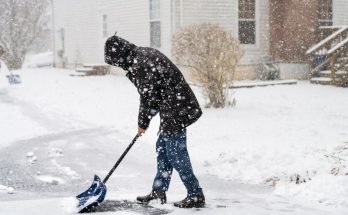No matter where you live, it’s necessary to protect your property from external factors, such as poor weather conditions. Without preventative measures, your home is more likely to succumb to damage, which could put your safety and your investment at risk. By taking a proactive approach, however, you can ensure that your home retains its value and continues to provide you with a safe place to reside. With this in mind, take a look at these three ways to protect your property:
1. Identify Risk Factors
Weather can affect property in different ways, which means that your local climate will have a big impact on the preventative measures you need to take. If it gets particularly hot in the summer months, for example, the sun could cause timber within the home to expand and warp or roof tiles to crack. In contrast, cold winters and heavy rainfall can result in leaking gutters and flooding.
By identifying the unique risk factors that your property faces, you can take a custom approach to protecting your home. This will ensure that your property is able to withstand the most serious risks and minimize the amount of damage that occurs every year.
2. Carry Out Routine Maintenance
If you don’t keep your property well-maintained, you’ll miss out on the early signs of damage or wear and tear. Unfortunately, this often means that more significant damage will occur, and more costly and laborious repairs will be required. By undertaking maintenance throughout the year, however, you can confirm when upgrades are required and keep your property in great condition.
Similarly, completing repairs as soon as they’re required can save you time and money in the long run. If your home has been damaged due to bad weather, for example, swift storm damage restoration can prevent excess water damage, stop mold growth and ensure the structure remains safe. Postponing important repairs allows problems to worsen, so be sure to take action as soon as it’s required.
3. Check the Interior
When you’re assessing your property for damage, there’s a good chance you walk around the perimeter and look at the exterior walls or climb a stepladder to take a look at the roof. Although these are important ways to keep a check on your home, don’t forget to assess the interior too.
A leak might be hard to spot from the outside, for example, but pulling furniture away from the interior walls can show where damp is present. Similarly, sagging ceilings or creaking floorboards can signal that an invisible leak is slowly causing damage to your home.
When you incorporate interior checks into your property assessments, you’ll be able to pick up on potential issues more quickly and remedy them before further damage can occur.
Make Home Maintenance a Top Priority
By keeping your home in good condition, you’re improving your safety and protecting your investment. What’s more – you can enhance your living environment and give yourself unrivalled peace of mind when you know your home is safe and secure.




